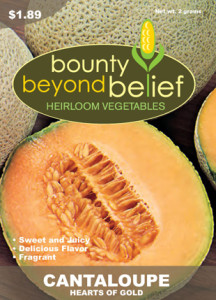Season Extenders
Season Extenders – Protection for the Garden
Here in October in zone 5, we have had a couple of snows now so it’s hard to pretend the garden season isn’t over for most of us. The daytime temperatures are still well above freezing and downright balmy in the 60s at times. But nighttime temps dip down to the 30s and can ruin vegetables and fruits still on the vine that otherwise might keep growing in warm daytime weather. It’s too late to sow late-season crops now but there are ways to stretch the growing season for the fall and the spring.
For spring:
Mini hoop houses are super easy and there are hundreds of DIY plans available. These make a pocket of air around the new seedlings and keep the soil and air a bit warmer. These mini hoop houses or low tunnels can give you an extra month of the growing season. Your seeds will germinate better, you’ll have fewer pests, and vegetables that require less watering.
Here is a simple, inexpensive, easy hoop house plan.
6 sections of 2 ft. rebar
6 5 ft. sections of ¾” irrigation hosing
Any kind of large plastic covering. (painter’s plastic, opened-up large trash bags, wrapping from a mattress)
Bricks or rocks to hold the cover down around the edges.
Here are some super simple designs to inspire you.
http://www.motherearthnews.com/organic-gardening/low-tunnel-construction-mini-hoop-house.aspx
http://growingthehomegarden.com/2014/03/how-to-build-mini-hoop-house-early-start-garden.html
http://www.leereich.com/2012/01/cold-has-yet-to-throw-wrench-into.html
The best part about the popularity of mini hoop houses or low tunnels is that you can now buy pre-made, fold-up tunnels for less than $25 at garden centers, hardware stores, or online
For Fall:
Other than hoop houses, here are some ideas of commonly found items to use for protection against frosts and critters.
Old worn bed sheets (love the flannel ones with cartoon characters)can be lightly laid over anything that might be hurt by freezing. This includes vegetables like green beans and squashes and herbs.
Plastic bags of leaves. Just quickly throw the bags over and around root vegetables as temperatures keep dropping to keep the ground from freezing. If you can still work in the soil, your carrots and turnips and beets are still edible and yummy! Two bags of leaves snuggled around the basil patch will keep basil alive for a bit longer.
Upside down garbage cans. I can keep a pepper plant going in cold temperatures until they turn red by putting clean garbage cans upside down over them at night. It doesn’t take much to protect against 29 degrees…just a pocket of warmer air.
One of the biggest struggles in the fall is to protect pumpkins and squashes from the nibbling critters hunting for food before the cold sets in. The squirrels and raccoons love nothing better than to sit down to dinner on my pumpkins and gnaw holes through them to get to the seeds. A barrier of chicken wire, hooped and secured over the ripening fruit has proven successful in keeping them out.
Plants, at this time in the fall, aren’t growing much, but they are still alive and producing nutrients, which is better than their fate in the back of my refrigerator.


